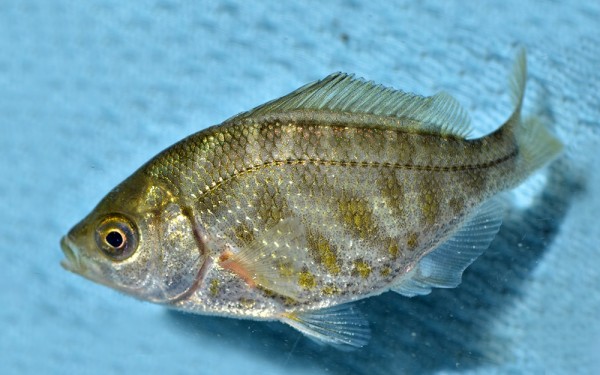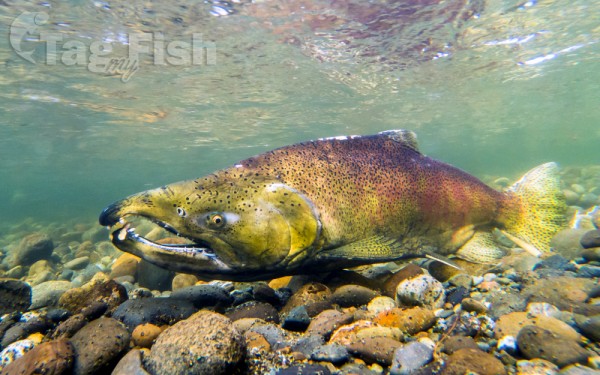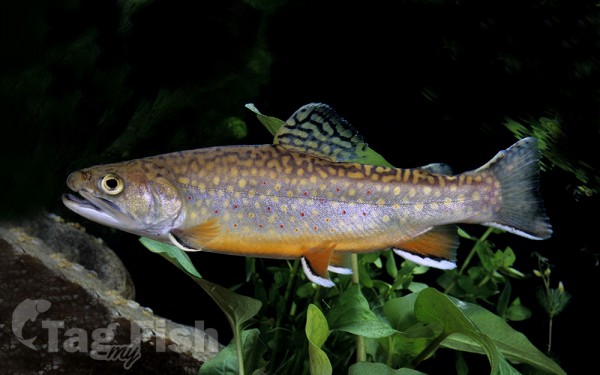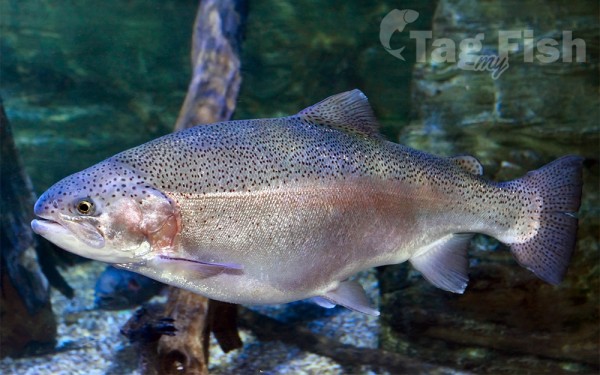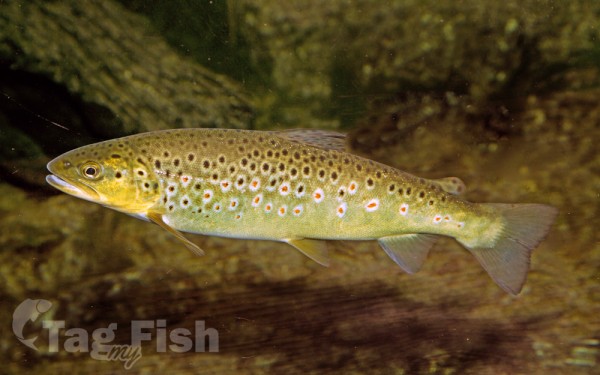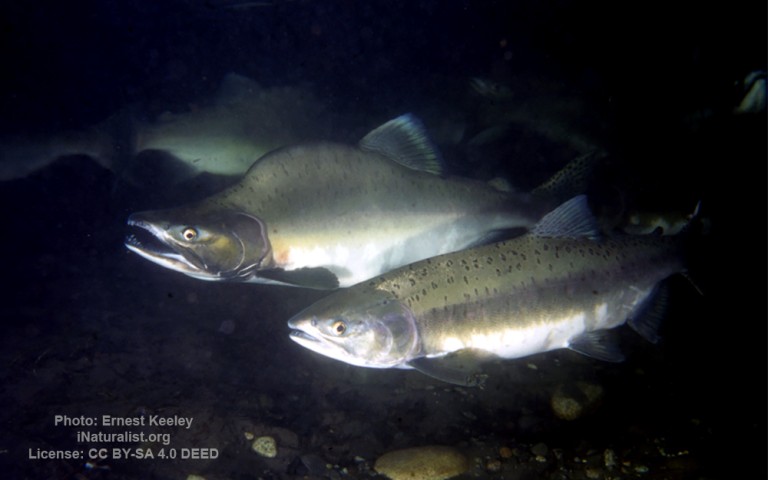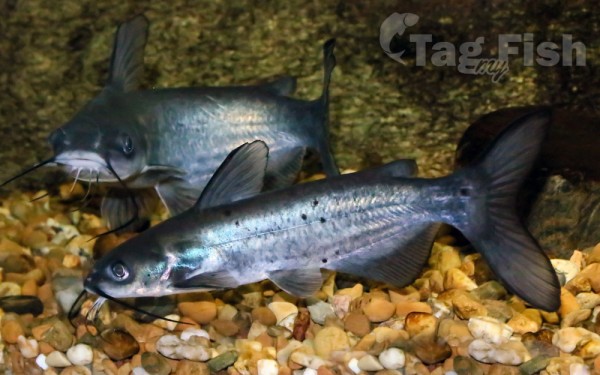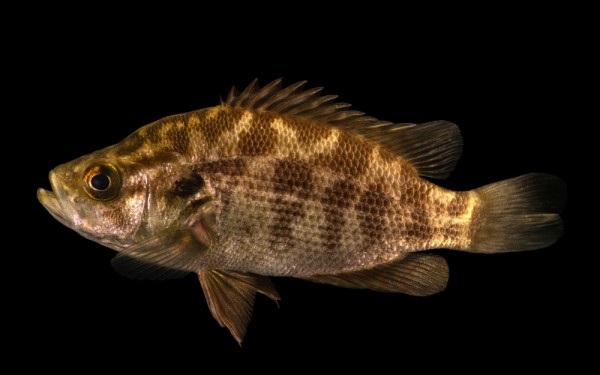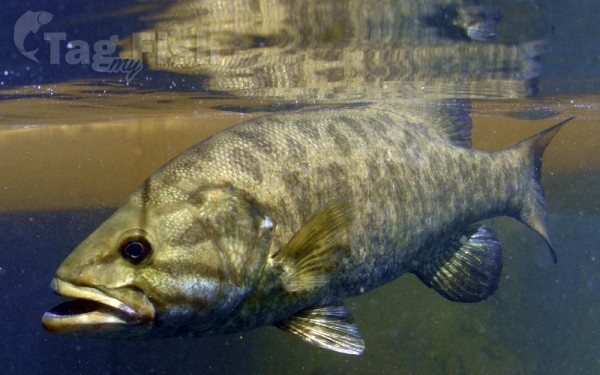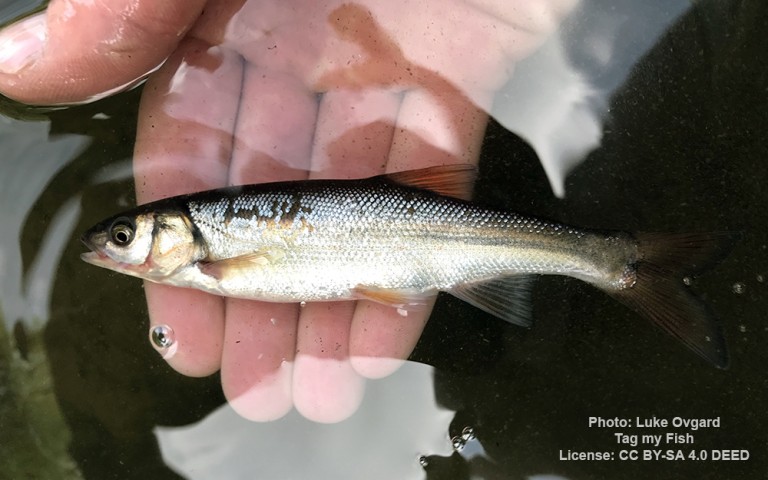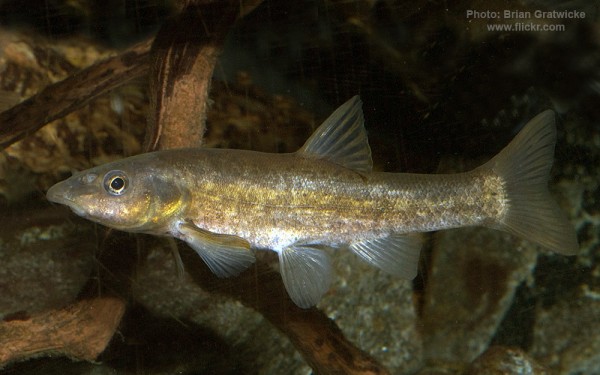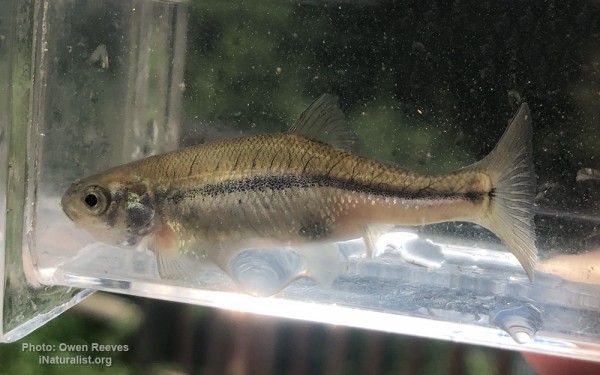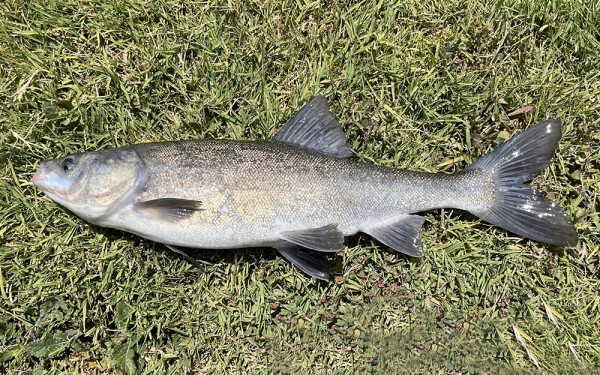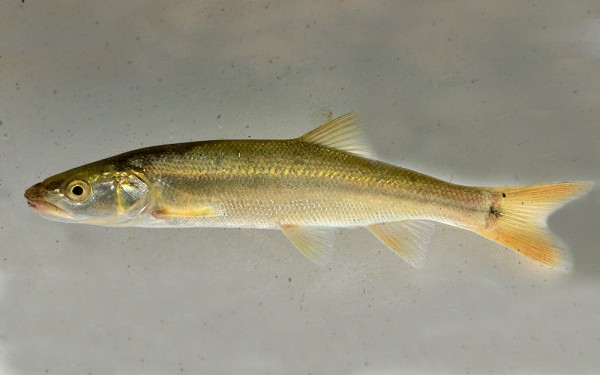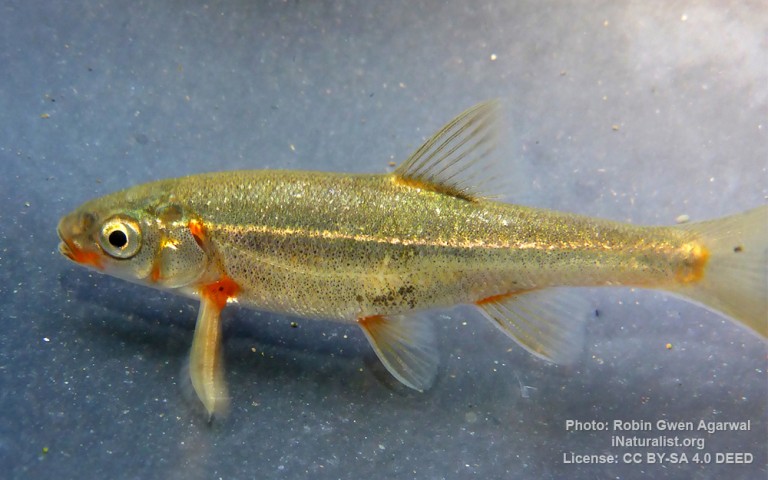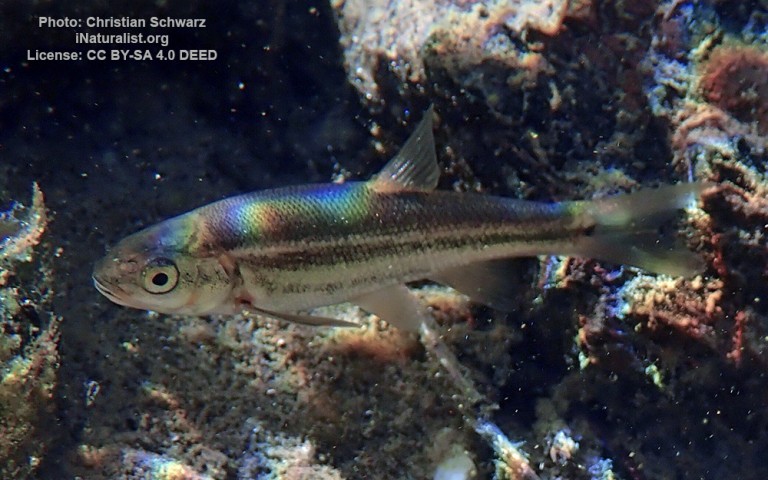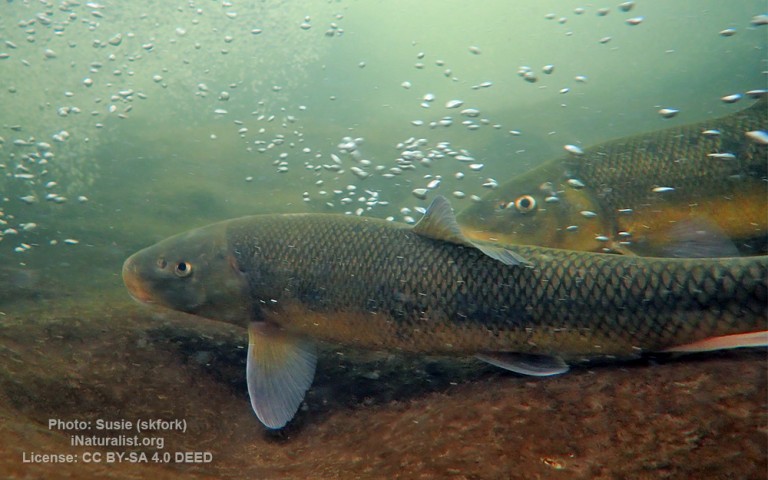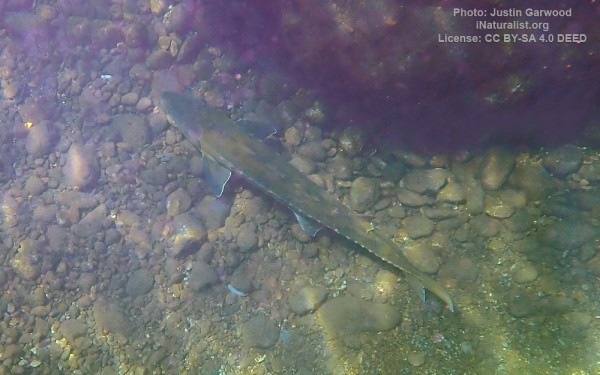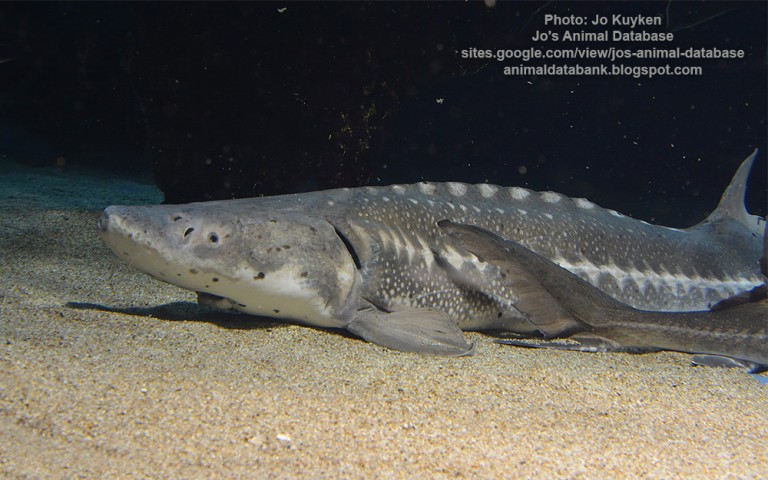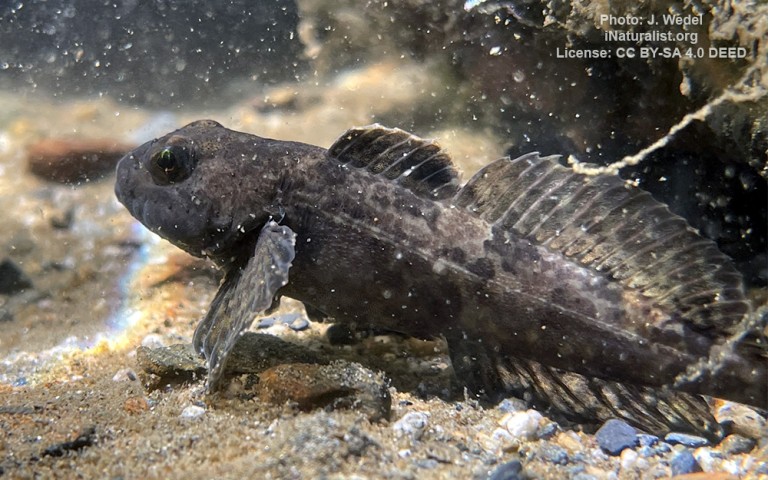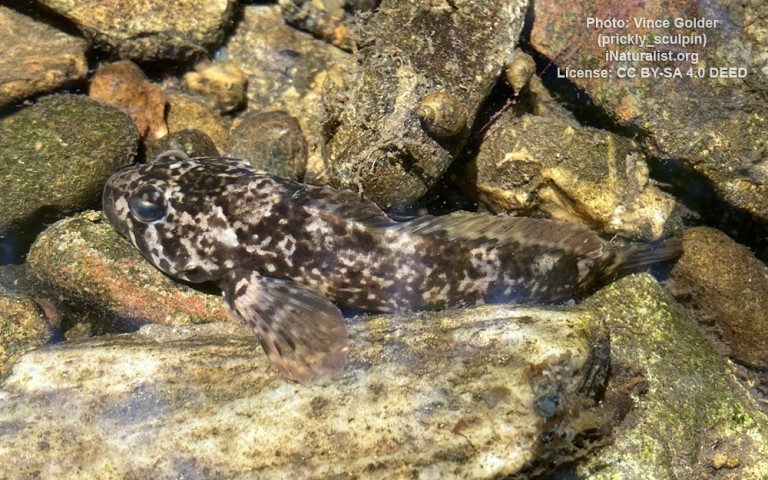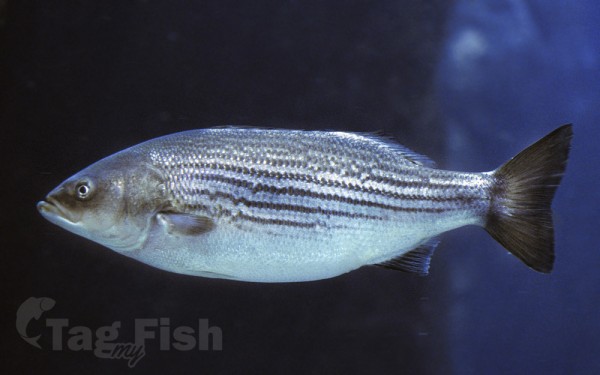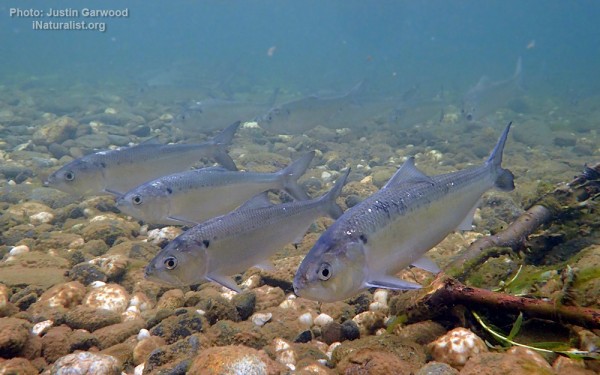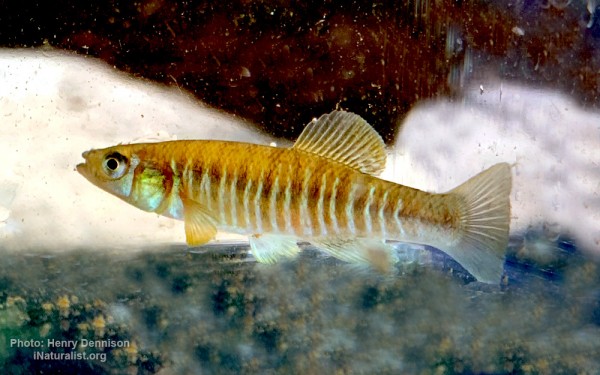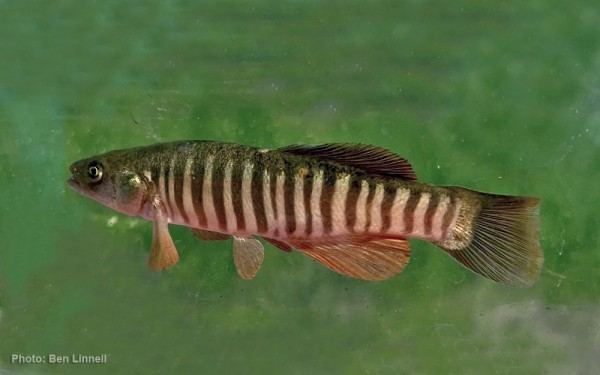Lake Berryessa
Perciformes - Perches
Salmoniformes - Salmons and Trouts
Siluriformes - Catfishes
Centrarchiformes - Basses and sunfishes
Cypriniformes - Carps
Acipenseriformes - Sturgeons and Paddlefish
Scorpaeniformes - Mail-cheeked fishes
Moroniformes - Temperate basses
Clupeiformes - Herrings
Cyprinodontiformes - Toothcarps
Perciformes - Perches
Salmoniformes - Salmons and Trouts
Siluriformes - Catfishes
Centrarchiformes - Basses and sunfishes
Cypriniformes - Carps
Acipenseriformes - Sturgeons and Paddlefish
Scorpaeniformes - Mail-cheeked fishes
Moroniformes - Temperate basses
Clupeiformes - Herrings
Cyprinodontiformes - Toothcarps
Lake Berryessa is the largest lake in Napa County, California, United States. This reservoir in the Vaca Mountains was formed after the construction of the Monticello Dam on Putah Creek in the 1950s. Since the early 1960s, this reservoir has provided water and hydroelectric power for the North Bay region in the San Francisco Bay Area.
The lake covers over 20,000 acres (8,100 ha) when full. It is approximately 25 km long and 5 km wide. It has about 265 km of shoreline.
Fishing
Fishing at Lake Berryessa can be successful year-round as the lake is home to both warm-water and cold-water fish species. Lake Berryessa offers a variety of fish, from sunfish to landlocked salmon. Since the fish species are abundant, fishing can be done in various ways; from fine techniques, bait fishing, to deep trolling. Fish species in Lake Berryessa include; largemouth bass (Micropterus salmoides), smallmouth bass (Micropterus dolomieu), spotted bass (Ictalurus punctatus), catfish (Ictalurus dolomieu), white catfish (Ameiurus dolomieu), carp (Ameyurus catus), carp (Sacramin P is), crappie, bluegill (Lepomis macrochirus), California trout (Oncorhynchus mykiss), rainbow and brown trout, kokanee, and also Chinook salmon (Oncorhynchus tshawytscha). The California trout species is native to the region, while many other species have been introduced. Largemouth and smallmouth bass were introduced to the lake in the late 1950s, and spotted bass followed in the 1980s. Bass and salmon are generally considered sport fishing species, bluegill, black and white crappie, and catfish are more recreational and beginner fish species, while carp and pikeminnow are usually not favored among fishermen. The introduced carp species are also present and feed on organic matter, aquatic snails, bloodworms, freshwater clams as well as their own eggs.
In addition to Sacramento pikeminnow, Lake Berryessa also has golden shiners and threadfin shad, which are usually bait for other fish species. Besides fish, Lake Berryessa also supports other aquatic organisms such as crayfish, mussels, and otters. The California Office of Environmental Health Hazard Assessment (OEHHA) has issued safe eating guidelines for any fish caught in Lake Berryessa due to elevated mercury levels. A copy of these guidelines can also be found at the Lake Berryessa Visitor Center. Mercury levels in Lake Berryessa are rising and there is no fish that OEHHA recommends eating more than three times a week. In the context of mercury, trout are the best option at Berryessa at this time. Fishing regulations are in accordance with the standard regulations of the California Department of Fish and Wildlife. Bass tournaments are scheduled for nine out of the twelve months of the year.
